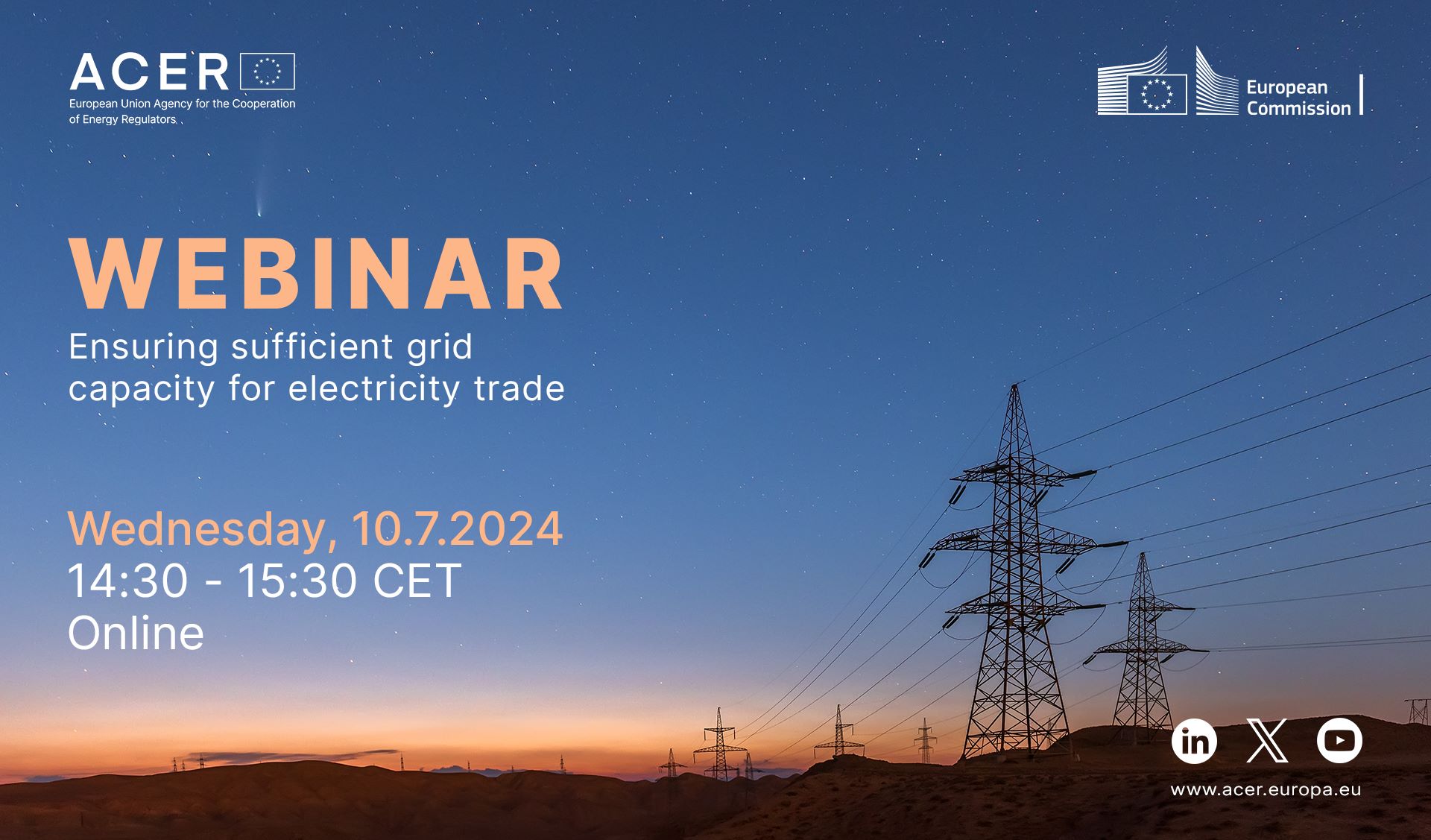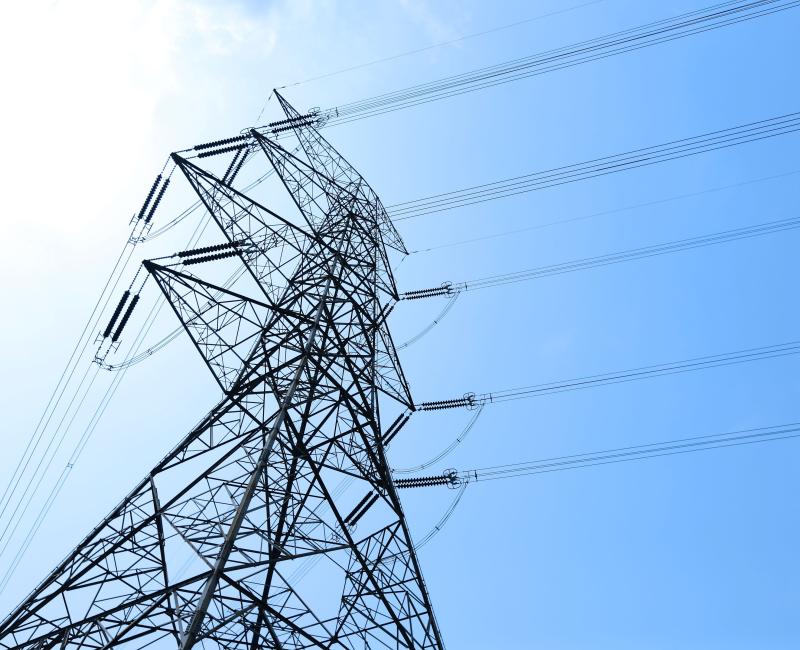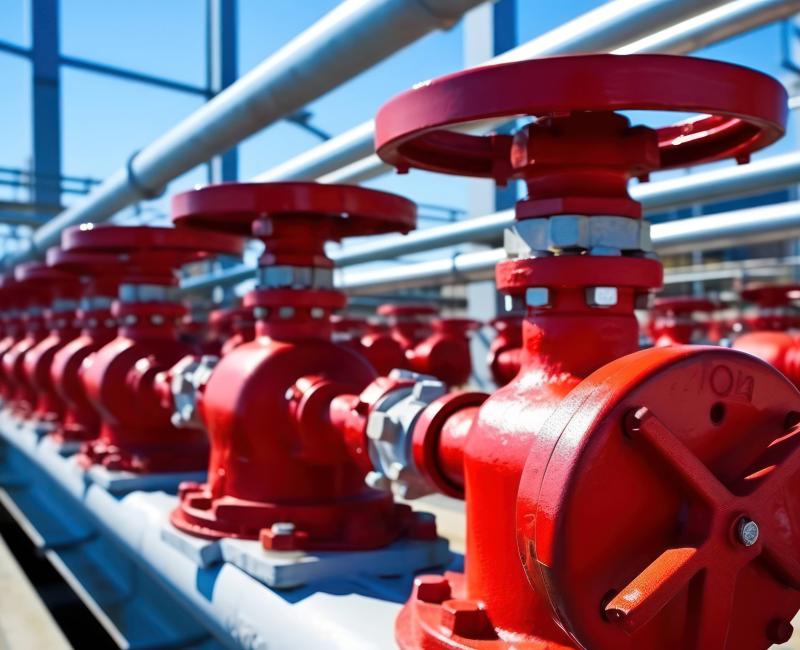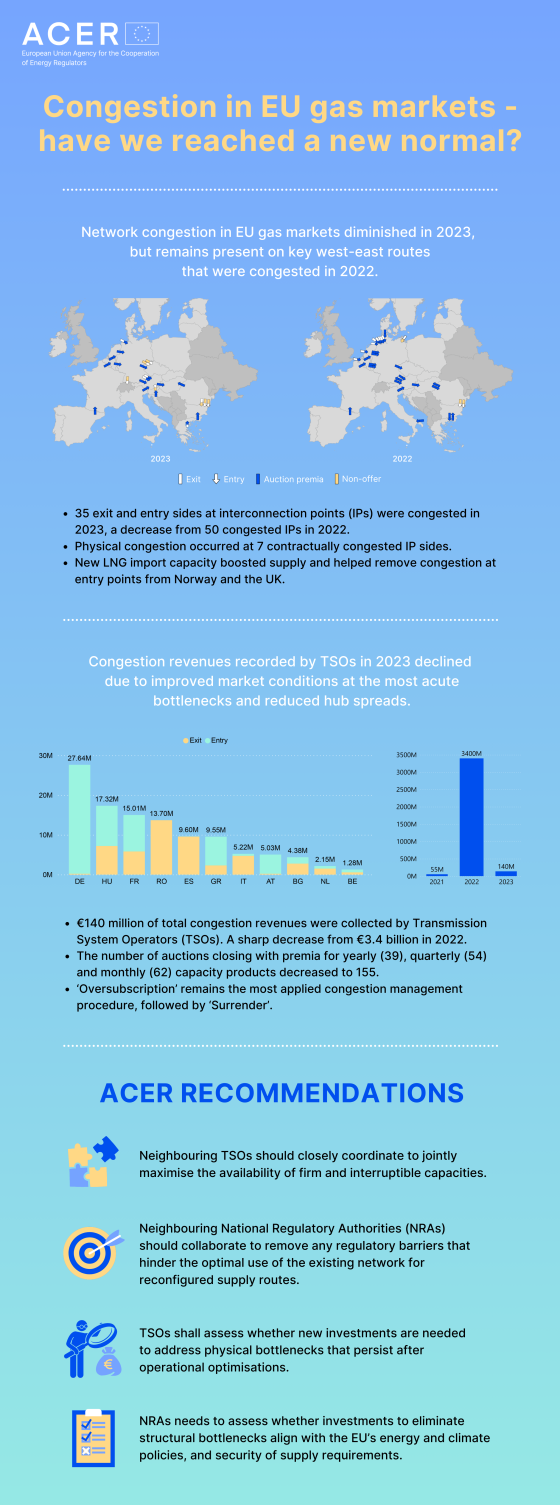11 Scheduled exchanges - Approved
11 Scheduled exchanges - Approved
Latest approved scheduled exchange methodologies
16 CCM - Approved
16 CCM - Approved
Latest approved capacity calculation methodologies of the respective capacity calculation region
ACER-JRC webinar: ensuring sufficient grid capacity for electricity trade
ACER-JRC webinar: ensuring sufficient grid capacity for electricity trade

ACER consultancy study on incentivising efficient investments in electricity grids

ACER consultancy study on incentivising efficient investments in electricity grids
What is it about?
Significant enhancement in electricity grid capacity is needed to realise Europe’s decarbonisation objectives and ensure a high level of security of supply.
In the context of the European Commission’s EU Action Plan for Grids, ACER is looking at best practices to promote smart grids and network efficiency technologies through tariff design.
ACER has thus commissioned the Florence School of Regulation (FSR) to conduct a study on existing regulatory frameworks and how regulators could incentivise a more efficient use of existing and future electricity grids.
What is in the consultant’s report?
Building on the previous research conducted by FSR on behalf of ACER, this new report by FSR presents:
- An overview of regulatory practices in Europe, the United States and Australia that promote innovation and efficiency in electricity transmission investments.
- A new regulatory scheme which focuses on the value projects bring (i.e. benefit) and not on their costs. By sharing this benefit between the grid user and grid operator, a stronger incentive for technology-neutral solutions is created while mitigating the tariff increase (in comparison to the business as usual, e.g. investing into infrastructure alone).
Regulators request more time to decide on a new method for calculating electricity reserves

Regulators request more time to decide on a new method for calculating electricity reserves
What is it about?
On 22 May 2024, the National Regulatory Authorities (NRAs) of the Continental Europe Synchronous Area (CE) requested from ACER a six-months extension to decide on the Transmission System Operators’ (TSOs') proposal to introduce a probabilistic dimensioning approach of Frequency Containment Reserves (FCRs). This new approach aims to improve how FCRs are calculated to stabilise the power grid’s frequency during supply and demand imbalances.
The countries of the Continental Europe Synchronous Area are Austria, Belgium, Bulgaria, Croatia, Czechia, Denmark, France, Germany, Greece, Hungary, Italy, Luxembourg, the Netherlands, Poland, Portugal, Romania, Slovakia, Slovenia and Spain.
What does Frequency Containment Reserve (FCR) mean?
Under the EU Network Code on System Operation, FCRs (also known as primary control reserves) are active power reserves used as a first response to stabilise the power grid’s frequency after an imbalance between supply and demand.
In the event of a frequency deviation (e.g. following a planned or unplanned power plant outage), their power output can be quickly adjusted to restore grid stability.
Why consider probabilistic dimensioning for FCR?
Historically, TSOs in this region have used a ‘deterministic’ criterion for FCR dimensioning, ensuring that the FCR can handle frequency deviations resulting from the worst-case system outages, typically set at 3000 MW.
In November 2023, TSOs proposed a ‘probabilistic’ dimensioning for FCRs, which considers load and generation patterns, as well as inertia factors (such as synthetic and real-time minimum inertia). This approach aims to enhance the power system’s resilience by reducing the probability of insufficient FCR capacity to once every 20 years or less.
What are the next steps?
ACER intends to act promptly on this request, aiming to issue a decision by the end of July 2024.
If ACER decides to grant this extension, 11 January 2025 would be the new deadline for CE NRAs to reach an agreement on the TSOs’ proposal.
ACER Board of Appeal re-appoints Miro Prek as Chair, Andrea Biondi and Piet Eeckhout as Vice-Chairs

ACER Board of Appeal re-appoints Miro Prek as Chair, Andrea Biondi and Piet Eeckhout as Vice-Chairs
What is it about?

Congratulations to Mr. Miro Prek, as well as Prof. Andrea Biondi and Prof. Piet Eeckhout for their re-appointment as Chair and Vice-Chairs of the ACER Board of Appeal for an additional term of two and a half years (until 17 October 2026).
We look forward to continuing the fruitful cooperation and shared commitment with the Chair, the Vice-Chairs, the Members and the Alternates of the ACER Board of Appeal. Their standing, integrity and expertise are invaluable.
About the ACER Board of Appeal
The Board of Appeal plays an important role dealing with appeals lodged against ACER decisions. As such, it is important that its members and alternates act independently and in the public interest.
It is composed by six members and six alternates. They have a mandate of 5 years, which can be renewed. Members and alternates are selected among senior staff of the national regulatory authorities, competition authorities or other national or EU institutions with relevant experience in the energy sector.
ACER to decide on amending the methodology for calculating scheduled exchanges resulting from single day-ahead electricity market coupling

ACER to decide on amending the methodology for calculating scheduled exchanges resulting from single day-ahead electricity market coupling
What is it about?
On 24 May 2024, the European National Regulatory Authorities (NRAs) referred to ACER a joint proposal from all Transmission System Operators (TSOs) to amend the methodology for calculating scheduled exchanges resulting from single day-ahead coupling (SDAC).
What is the methodology about?
The methodology describes how the scheduled exchanges between bidding zones, scheduling areas and Nominated Electricity Market Operators’ (NEMOs’) trading hubs are calculated in the SDAC. Scheduled exchanges are electricity transfers scheduled between geographic areas for each market time unit and for a given direction.
Why amend the methodology?
The methodology was previously amended in May 2023 to improve how scheduled exchanges between NEMOs’ trading hubs are calculated.
In the new proposal, TSOs deem it necessary to further improve the SDAC algorithm to enable the effective implementation of the 15-minute Market Time Unit (MTU) in the SDAC (expected for January 2025). The robustness of the algorithm needs to be enhanced to handle the increased volume of data within the limited calculation timeframe. To achieve this, TSOs propose introducing a back-up functionality for the calculation of the scheduled exchanges between bidding zones.
What are the next steps?
ACER expects to decide on the amended methodology by September 2024.
Contact Information
Interested parties may contact ACER on this matter at ACER-ELE-2024-009@acer.europa.eu by 28 June 2024 at the latest.
Relevant documents
All TSOs’ proposal to amend the day-ahead scheduled exchanges methodology.
All TSOs’ proposal to amend the day-ahead scheduled exchanges methodology (in track changes).
Congestion in the EU gas markets: have we reached a new normal?

Congestion in the EU gas markets: have we reached a new normal?
What is it about?
ACER’s 2024 report finds that congestion progressively diminished in 2023 due to adjustments of gas demand, supply, and flow paths to reduce reliance on Russian gas. However, the repercussions of the gas market crisis remain clear, as price convergence between European gas hubs has not yet reached the pre-crisis levels.
What does congestion mean?
Different types of congestion can occur in gas markets:
- Contractual congestion happens when the capacity of the gas transportation system is fully booked but remains partially unused, with actual gas flows below the technical limit of the gas system. This can prevent other users from accessing the gas network, leading to inefficiencies. Bringing unused capacity back to the market eases contractual congestion.
- Physical congestion occurs when gas flows reach the technical limit of the gas system. If structural bottlenecks happen, a careful assessment must be done on the need for further investment in the gas system, not necessarily in transmission assets. This assessment should be done in line with the EU’s energy and climate policies, ensure security of supply, and mitigate the risk of future asset stranding.
Addressing the most acute congestions by optimising the use of transmission capacities remains a short-term action that can help deal with tight market conditions.
What are the key findings?
The report finds that in 2023:
- Congestion diminished but remains present on key west-east routes that allow to reduce the reliance on gas supplies from Russia.
- 35 exit and entry sides at Interconnection Points (IPs) were congested, a decrease from 50 congested IPs in 2022.
- New LNG import capacity boosted supply and helped remove congestion at entry points from Norway and the UK.
- Improved market conditions at the most critical bottlenecks reduced the spreads between hub prices. As a consequence, this lowered the incentive for network users to pay high premiums to acquire capacity to move gas between those hubs.
- Total congestion revenues collected by Transmission System Operators (TSOs) amounted to €140 million, a significant drop from the €3.4 billion generated from capacity auctions in 2022. However, this figure remains high compared to the pre-crisis level of €55 million in 2021.
What does ACER recommend?
- Neighbouring TSOs should closely coordinate to maximise the availability of firm and interruptible capacities.
- Neighbouring National Regulatory Authorities (NRAs) should collaborate to remove any regulatory barriers that hinder the optimal use of the existing network for reconfigured supply routes.
- TSOs shall assess whether new investments are needed to address physical bottlenecks that persist after operational optimisations.
- NRAs need to assess whether investments to eliminate structural bottlenecks align with the EU’s energy and climate policies, and security of supply requirements.
What are the next steps?
ACER reports annually on the status of contractual congestion in the EU gas markets and on how it is managed.
Considering the monitoring results, the NRAs shall decide on the application of congestion management procedures in their own countries.

